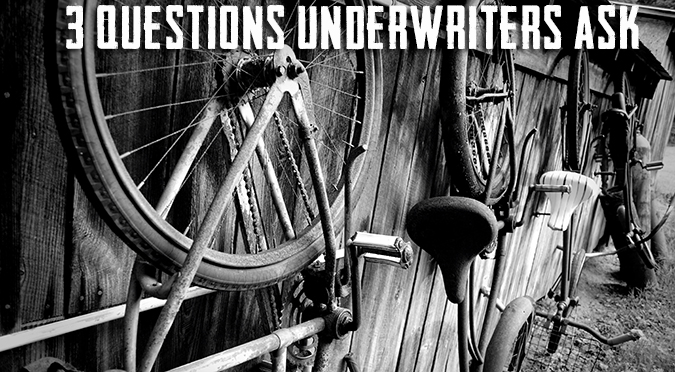In the market for a new or used vehicle and have a trade in? Having some basic knowledge around trading in your current vehicle can help offset the costs of this new purchase. But it’s important to know just how much your current car is worth before you trade it in at a dealership. You’ll want to review your car’s current condition, research its value and find what the dealer will be able to sell your car for.
In order to assess the current condition of your vehicle, you should check the interior, exterior and under the hood. Ask yourself the following questions:
- Do your tires still have good tread?
- Does your windshield have any large cracks or pitting?
- Have you kept up with scheduled maintenance like oil changes, new filters, brakes and major services such as a timing belt?
- What is the overall condition of your vehicle: excellent, fair or poor?
- What is your mileage?
Once you’ve answered these questions, it’s time to research your vehicle’s value. There’s more than one value to consider. The retail value is the price a dealer can sell a car for. Private party value is the price an individual like yourself can sell a car for. Wholesale or trade in value is what the dealer will pay for a vehicle, and this price factors in dealership reconditioning costs. Every vehicle has a market value, too. What is the going price of your vehicle, and what is someone willing to pay for it?
You can price out your vehicle’s trade-in value online. Here are a few of the top sites:
You should also check out private party purchase sites like Craigslist, Peddle and your local newspapers to see what similar vehicles are going for in your area. Additionally, dealership websites can allow you to see retail prices for cars with similar condition and mileage to yours, although some dealers do require you to call for pricing information.
It’s also important to keep in mind supply and demand when considering your vehicle’s value. For instance, when gas prices are higher, large SUVs are typically not in high demand, but gas-efficient or hybrid vehicles are. You might also have a unique or limited vehicle for your area, which could increase its value.
Now that you’re aware of the range of your current vehicle’s value, you can create an ideal price range of your new vehicle, taking into account what you want your monthly payment to be. Remember to subtract all rebates and or incentives for new vehicles. Also, consider getting pre-approved for an auto loan before going to the dealership to streamline your car buying experience.
When you head to the dealership to purchase your new car, knowing the wholesale or trade-in value of your current vehicle will help you negotiate the deal on your purchase of a new vehicle, and you can feel more confident in your purchase.
You can find out more about auto loans at Elevations and research available cars on the Front Range here.


